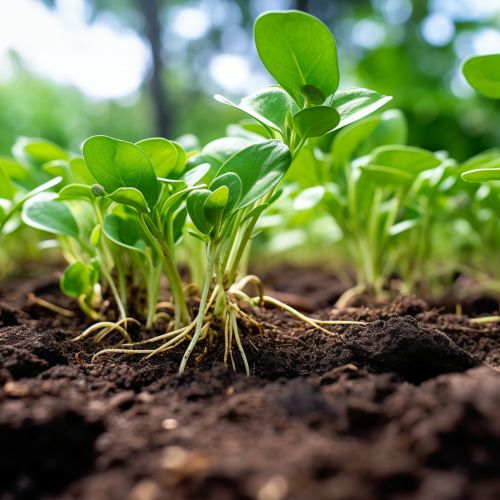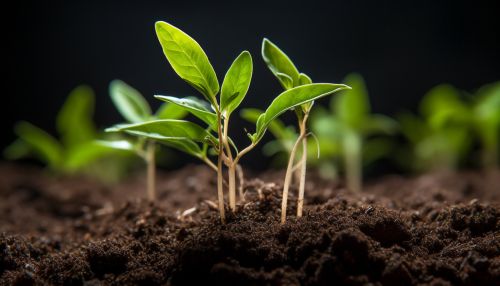Mechanisms of Nitrogen Fixation in Non-Leguminous Plants
Introduction
Nitrogen is a vital element for plant growth and development. It is a key component of proteins, nucleic acids, and other cellular constituents. However, atmospheric nitrogen (N2) is not directly usable by plants. Nitrogen fixation, the process of converting atmospheric nitrogen into a form that plants can use, is primarily carried out by certain bacteria in a symbiotic relationship with leguminous plants. However, non-leguminous plants also have mechanisms to fix nitrogen, albeit less well-known. This article will delve into the mechanisms of nitrogen fixation in non-leguminous plants.


Nitrogen Fixation in Non-Leguminous Plants
Non-leguminous plants, unlike their leguminous counterparts, do not form root nodules where symbiotic nitrogen-fixing bacteria reside. Instead, they rely on free-living or associative nitrogen-fixing bacteria present in the soil or on the plant surface. These bacteria, such as Azotobacter, Azospirillum, and Cyanobacteria, can convert atmospheric nitrogen into ammonia (NH3), which can then be taken up by the plant roots and used for growth and development.
Free-Living Nitrogen-Fixing Bacteria
Free-living nitrogen-fixing bacteria are bacteria that can fix nitrogen independently of a host plant. They are found in the soil and can convert atmospheric nitrogen into ammonia through the process of nitrogen fixation. The enzyme nitrogenase, which is responsible for this conversion, is sensitive to oxygen. Therefore, these bacteria have developed mechanisms to protect the enzyme from oxygen damage. For example, Azotobacter produces a slime layer that creates an anaerobic environment for nitrogenase activity.
Associative Nitrogen-Fixing Bacteria
Associative nitrogen-fixing bacteria are bacteria that live in close association with plant roots but do not form nodules. They can fix nitrogen in the rhizosphere, the region of soil influenced by root secretions and associated soil microorganisms. Azospirillum is an example of an associative nitrogen-fixing bacterium. It colonizes the root surface and fixes nitrogen in the rhizosphere, which can then be absorbed by the plant roots.
Mechanisms of Nitrogen Uptake
Once the nitrogen is fixed by the bacteria, it needs to be taken up by the plant roots. This is achieved through a process called nitrogen assimilation. The fixed nitrogen, in the form of ammonia, is first converted into nitrate (NO3-) by nitrifying bacteria in the soil. The nitrate is then absorbed by the plant roots through nitrate transporters. Once inside the plant, the nitrate is reduced to nitrite (NO2-) and then to ammonia, which can be incorporated into amino acids and other nitrogen-containing compounds.
Role of Cyanobacteria
Cyanobacteria, also known as blue-green algae, are another group of bacteria capable of nitrogen fixation. They can live freely in the soil or form associations with non-leguminous plants. Cyanobacteria have specialized cells called heterocysts where nitrogen fixation takes place. The heterocysts create an anaerobic environment for nitrogenase activity, similar to the slime layer produced by Azotobacter. Cyanobacteria can provide a significant amount of fixed nitrogen to non-leguminous plants, especially in nutrient-poor soils.
Implications and Future Research
Understanding the mechanisms of nitrogen fixation in non-leguminous plants has important implications for sustainable agriculture. By harnessing the nitrogen-fixing capabilities of these plants, we can reduce our reliance on synthetic nitrogen fertilizers, which have detrimental environmental impacts. Future research should focus on identifying more nitrogen-fixing bacteria associated with non-leguminous plants and understanding how these associations can be optimized for maximum nitrogen fixation.
